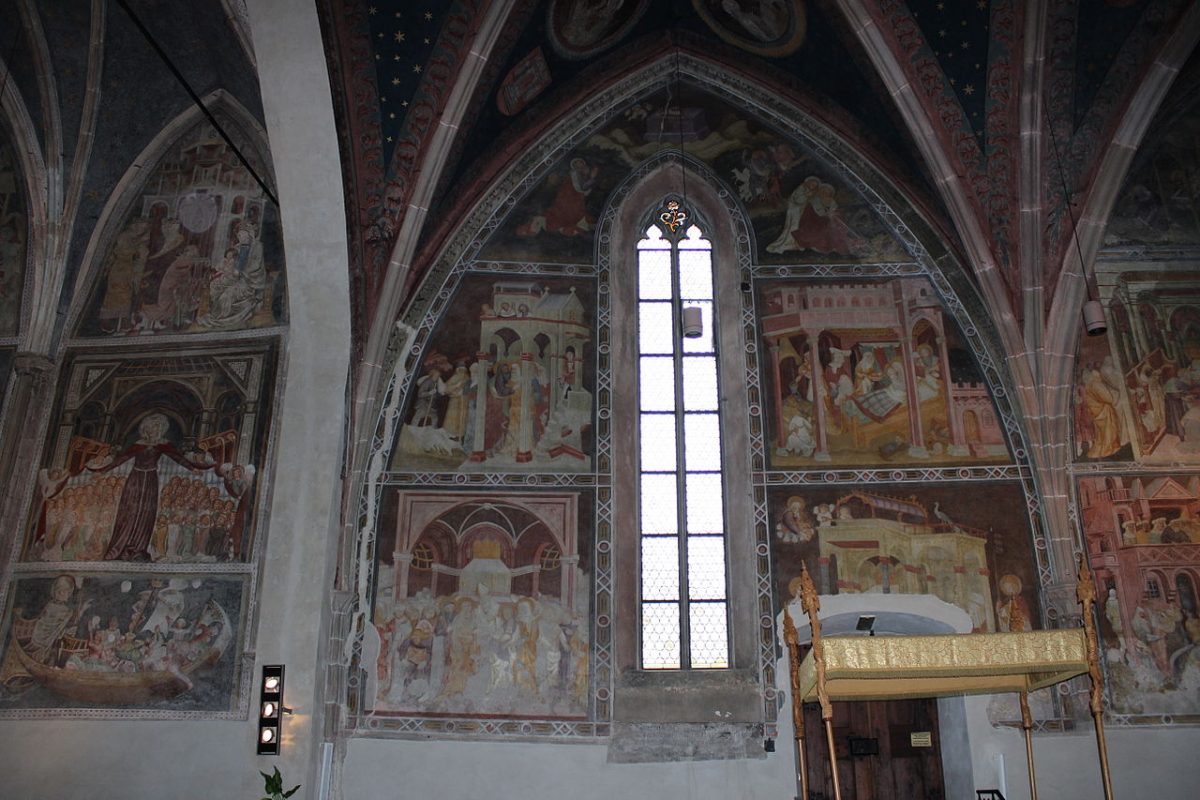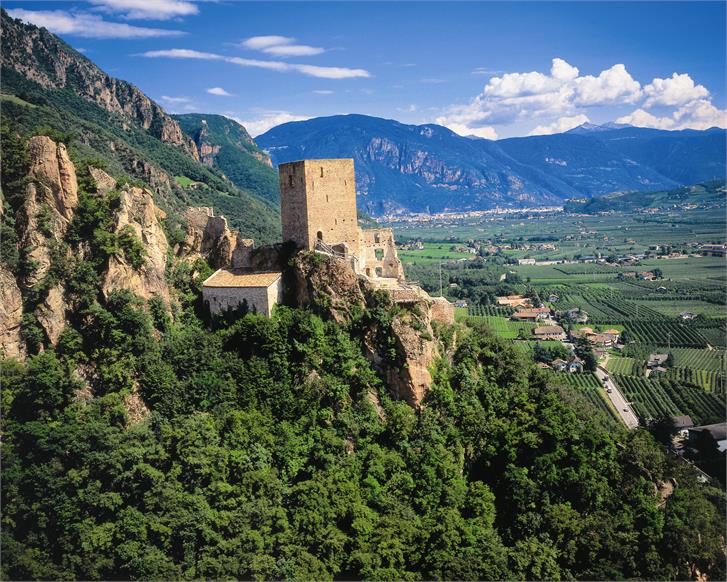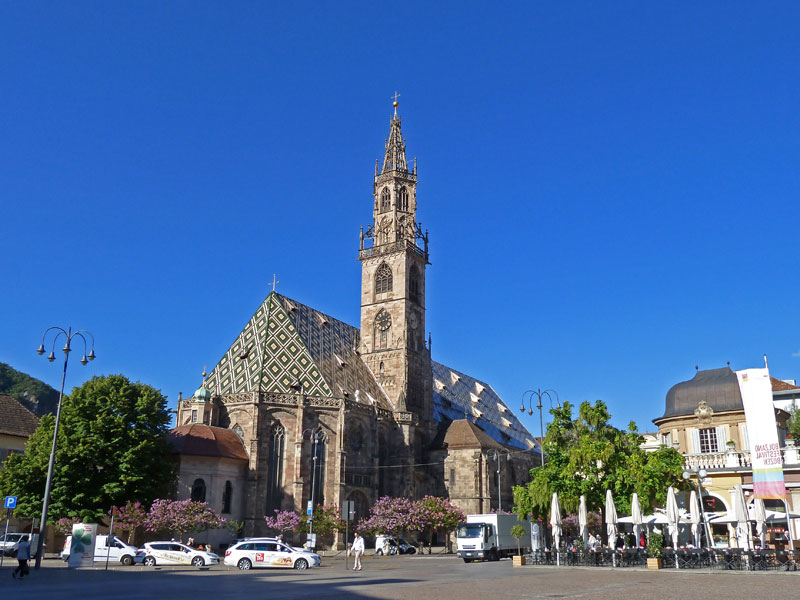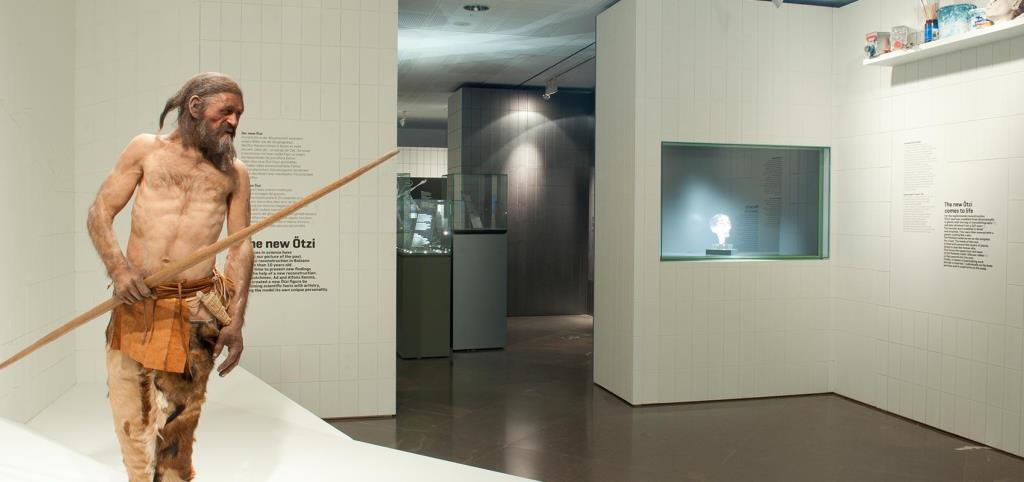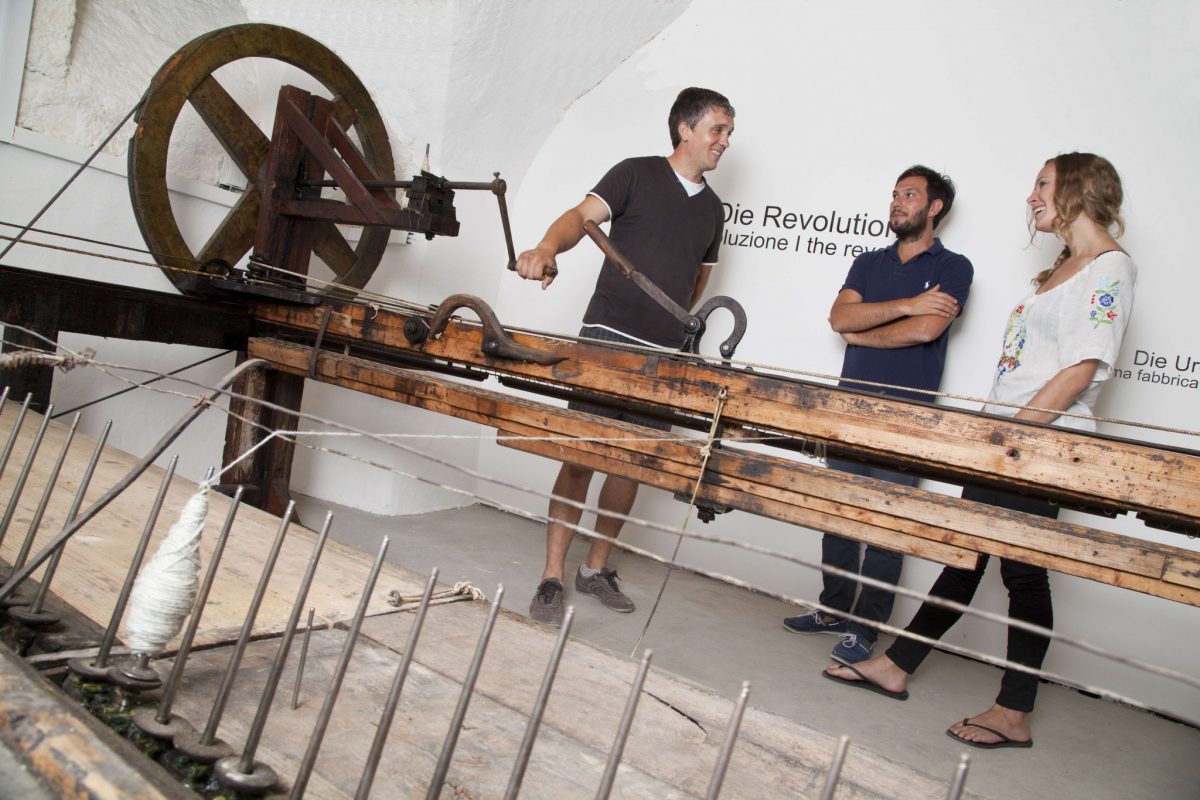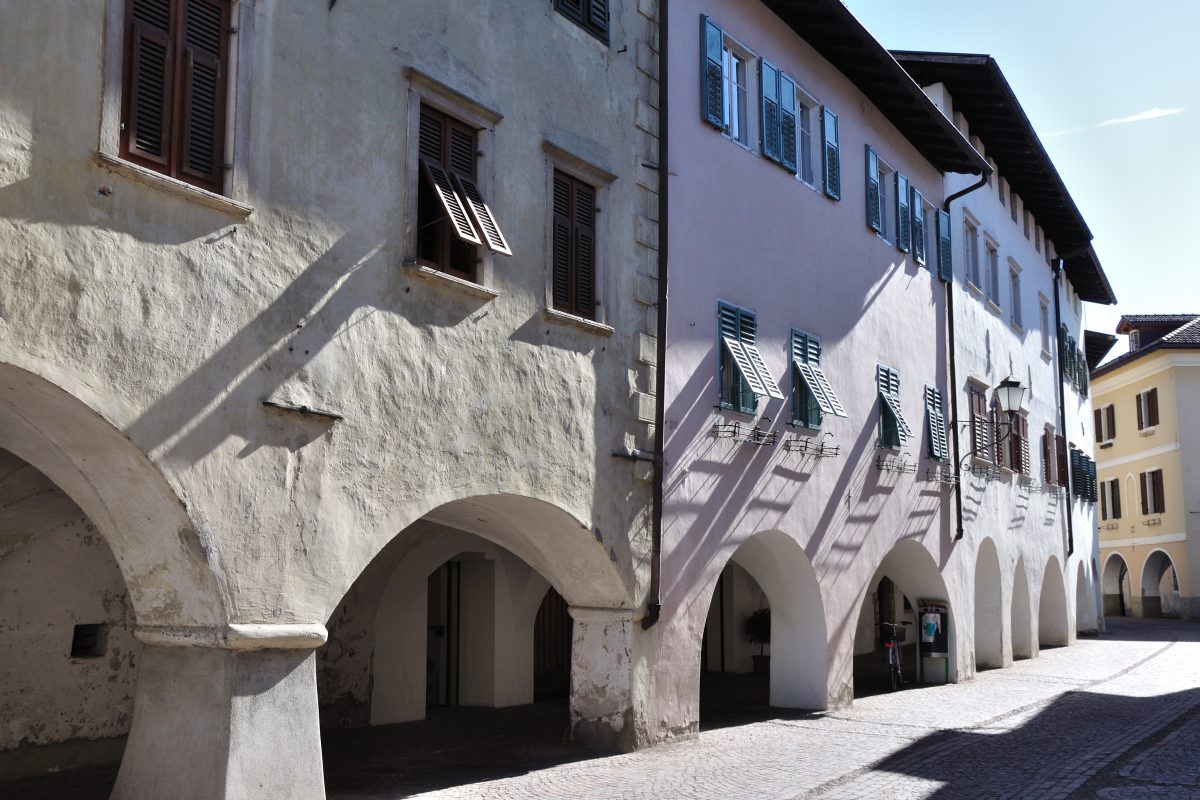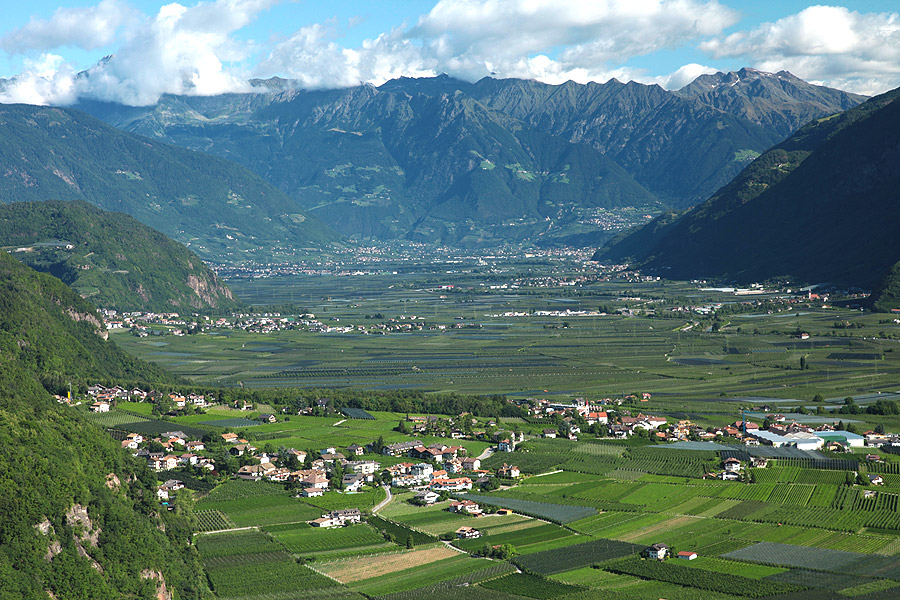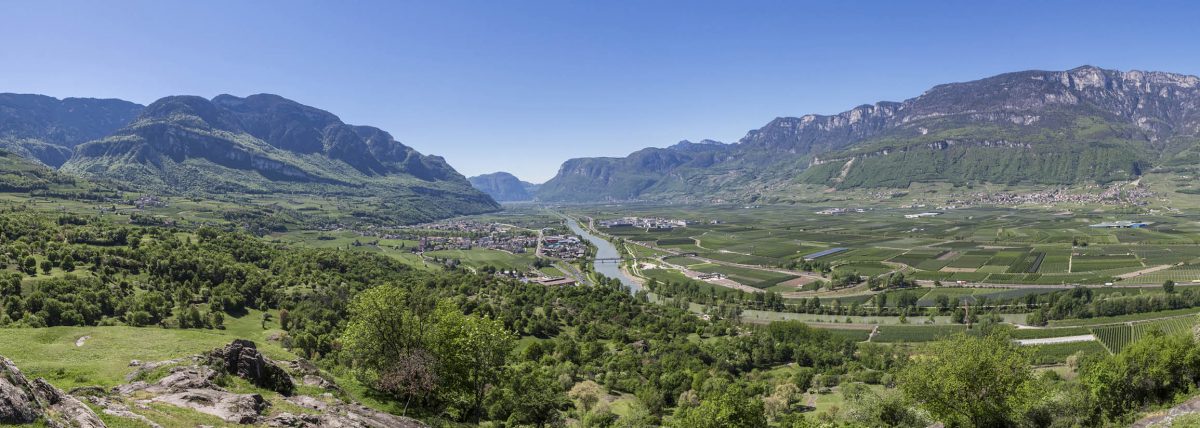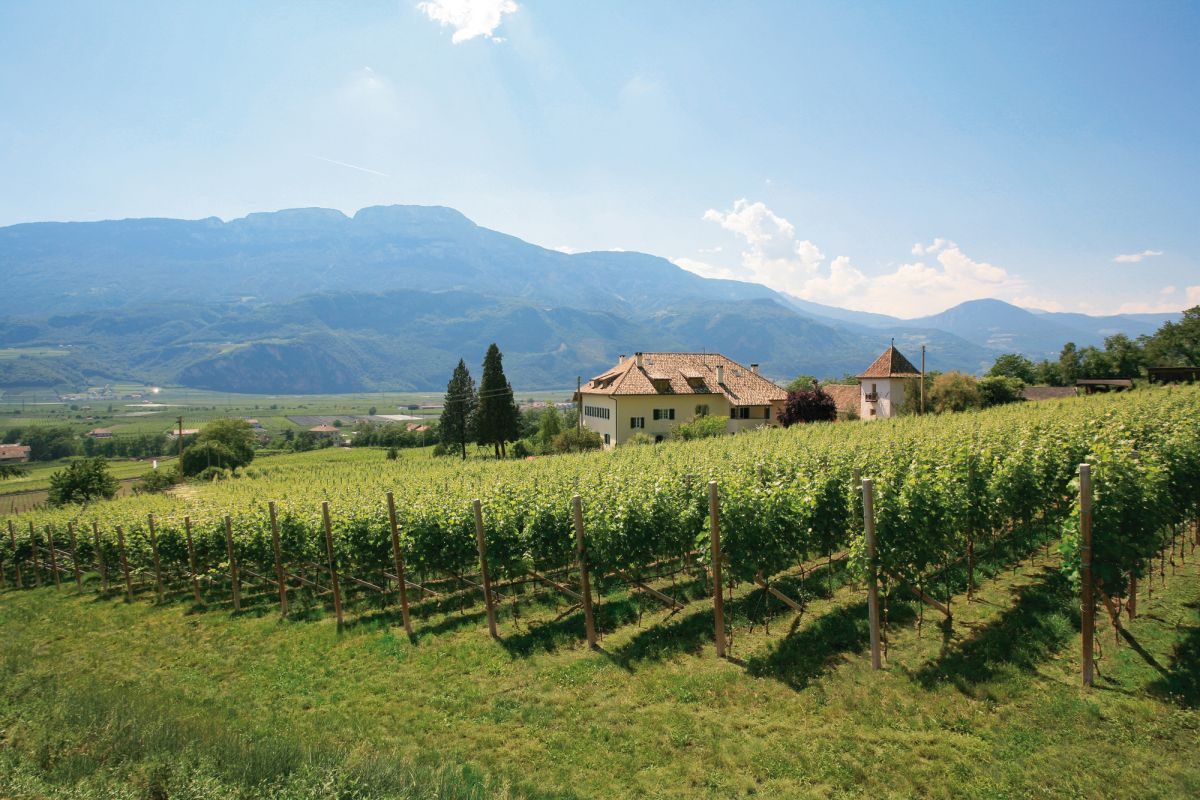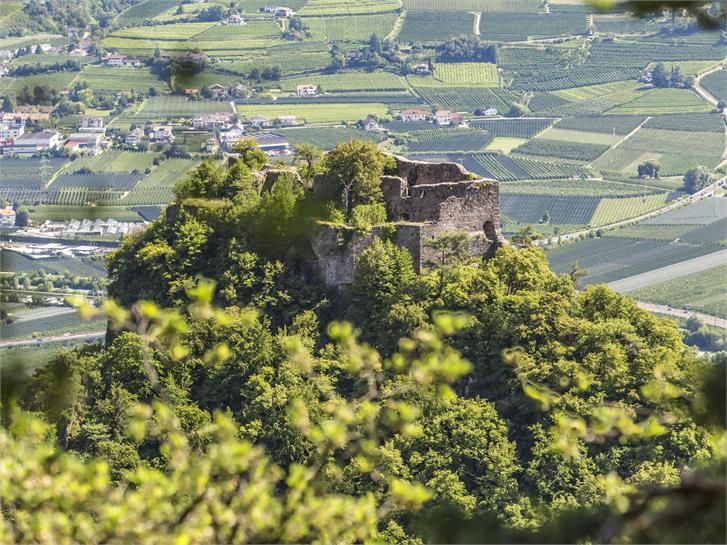How to reach the Terlano parish church
Important frescoes and the story of the “leaning tower of Terlano”
Terlano parish church is a 14th century High Gothic building. The smaller Romanesque side tower was built in the 13th century. The church houses the largest number of frescoes in rural South Tyrol. The most important frescoes were probably built by Bolzano master craftsman Hans Stockinger around 1399 – 1407. Around 1880 the frescoes were painted over; in 1950-1971 they were cleaned and partly restored.
A special characteristic is the roof of the church and of the smaller tower which is covered with colourful glazed roof tiles. The church tower is 75 m high and was built in the 16th century in Late Gothic style. Over the centuries, it began to lean more and more until it tilted by several meters and became “the leaning tower of Terlano”. For this reason, it was removed in 1884, and in 1891-1893 it was re-built in its original form using the original numbered sandstone blocks. Particularly worth seeing is the sculpture “Coronation of Mary by Christ”, which was created in Upper Italian style around 1370-1380. It is found outside above the main entrance.
A guide to the church is available for €5, either in the church or from Terlano Tourist Information.
